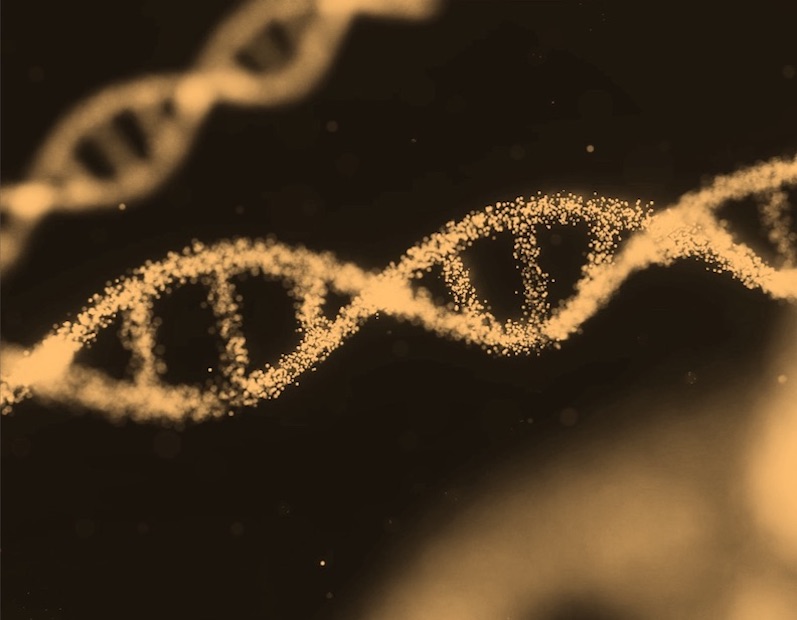What is it about?
Due to the efforts of many mathematicians, nowadays many of the main results on PI-algebras have simple and elegant proofs which can be found, for example, in recent books on PI-algebras. Nevertheless, there are several important results which still wait for easy proofs. The present book fills in a serious gap in this direction. It not only contains a comprehensive study of the main research done on polynomial identities over the last 25 years, but also serves to clarify important and difficult topics. Among these is the Shirshov height theorem, which directly implies a positive solution of the Kurosh problem, for PI-algebras, concerning the finite dimensionality of finitely generated algebraic algebras (established by Levitzki and Kaplansky using deep structure theory of PI-algebras) and a theorem of Berele that finitely generated PI-algebras have finite Gelʹfand-Kirillov dimension. Another example is the Razmyslov-Kemer-Braun theorem on the nilpotency of the Jacobson radical of finitely generated PI-algebras. Finally, we want to emphasize the structure theory of $T$-ideals developed by Kemer, which demonstrates the importance of the application of the theory of superalgebras to PI-theory. It led Kemer to a positive solution of the Specht problem in characteristic 0, which asks whether the polynomial identities of an arbitrary PI-algebra follow from a finite collection of its identities. Other important applications of the theory of Kemer include proofs of the Belov theorem on the rationality of Hilbert (or Poincaré) series of a finitely generated relatively free algebra over an infinite field (i.e. of the factor algebra of a finitely generated free algebra modulo the polynomial identities of a fixed PI-algebra) and the recent results of Giambruno and Zaicev on the codimension growth of PI-algebras. The main achievement of the book under review is its improved and simplified exposition of Kemer theory. Also, the book contains various counterexamples to the Specht problem in positive characteristic. In addition, the authors cover other classical results, such as the codimension theorem of Regev and his tensor product theorem, the existence of central polynomials, and a characterization of group algebras with polynomial identities. The approach of the authors is mainly combinatorial. They also draw attention to the computational aspects of PI-theory. They study a lot of numerical parameters of PI-algebras, such as the Shirshov height, the index of nilpotency of the Jacobson radical, the Kemer index of a $T$-ideal, etc. A recurring theme is the Grassmann algebra, not only as the easiest nontrivial example of a PI-algebra, with a basis for its polynomial identities consisting of the single commutator $[[x,y],z]$ only, but also as a link between algebras and superalgebras, and finally, as a test algebra for the counterexamples to the Specht problem in characteristic $p$. The book is written by two of the leading experts in the theory of PI-algebras. The name Rowen is well known not only to those who work on PI-algebras but also to the general algebraic audience; he is recognized both for his outstanding research results and for his excellent books, including the classical monograph [Polynomial identities in ring theory, Academic Press, New York, 1980; MR0576061]. Kanel-Belov is a coauthor of the text "Monomial algebras'' [A. Ya. Belov, V. V. Borisenko and V. N. Latyshev, J. Math. Sci. (New York) 87 (1997), no. 3, 3463–3575; MR1604202] on combinatorics of monomial algebras and related topics, and is one of the best experts at the meeting point of ring theory and the combinatorics of words. He also constructed the first counterexample to the Specht problem for associative algebras in positive characteristic. I believe that the algebraic community will find this book interesting and useful. The text is suitable both for beginners and experts. The book (or parts of it) may serve as a graduate course on PI-algebras and on combinatorial ring theory. It contains a large collection of exercises and some open questions. The book also serves as a good source of references. Reviewed by Vesselin Drensky
Featured Image
Read the Original
This page is a summary of: Computational Aspects of Polynomial Identities, February 2005, Taylor & Francis,
DOI: 10.1201/9781439863725.
You can read the full text:
Contributors
The following have contributed to this page








